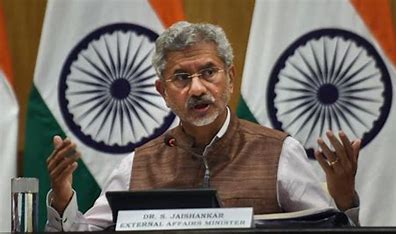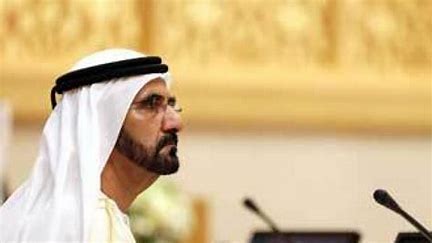
Small and medium businesses in India are cautiously optimistic about their business performance for Q3 2024, according to the ASSOCHAM-Dun & Bradstreet Small Business Confidence Index (SBCI). The index, which measures the level of optimism of small and medium businesses on key business parameters, such as sales, employment, prices, inventory, and investment, increased moderately by 0.2 per cent compared to Q2 2024.
“As is clear from the latest IMF World Economic Outlook, the Indian economy is projected to be the fastest growing amongst the leading economies of the world. Our survey amongst the SMEs’ executives clearly points towards significant contributions from the small businesses,” said ASSOCHAM Secretary General, Deepak Sood.
ASSOCHAM D&B SBCI has recorded a modest uptick of 0.2 per cent for Q3 2024, following three consecutive quarters of rising optimism. The survey indicates that the overall demand sentiments within the economy are stabilising at current levels, after riding high for four consecutive quarters. The slight moderation in demand growth is also being echoed in most of the parameters recorded in the survey.
“The ASSOCHAM D&B Small Business Optimism Survey highlights mixed signals in the Indian economy. There’s strong optimism in areas like sales, liquidity, and credit flow. However, optimism about profitability and new investments is slowing down. Higher production costs and stagnant selling prices are likely impacting profitability. The steady Small Business Confidence Index (SBCI) from the previous quarter suggests businesses are consolidating past gains while waiting for new momentum. Due to geopolitical uncertainty, companies are hesitant to invest in new capacity and are instead maximising existing resources to meet increased sales,” said Avinash Gupta, Managing Director, Dun & Bradstreet India.
The underlying demand sentiment has also kept businesses wary of raising selling prices, with somewhat stagnant optimism for price increases in the upcoming quarter.
On the cost front, while raw material costs are expected to ease further, the overall cost is expected to remain high compared to the long-term average cost line, thus expected to squeeze profit margins, with sentiment declining by 11 percentage points on a quarterly basis. The lower optimism is also being reflected for exports orders, wherein the optimism has moderated by 8 percentage points on a quarterly basis.
The moderated optimism for order book expansion has led to reluctance in capacity utilisation, which in turn suppresses the optimism for new investments for the upcoming quarter. New hirings continue to remain a major concern for the past two quarters, despite firms anticipating labour shortages and difficulties in finding appropriate talent. Optimism for fresh hiring of employees decreased by 5 percentage points for Q3 2024.
“After strong performances over the past four quarters, small businesses in India are now seeking new catalysts as optimism plateaus for the upcoming quarter. In Q3 2024, optimism grew by a modest 0.2% quarter-on-quarter. A sluggish demand recovery, coupled with supply chain challenges and high raw material costs, is making producers hesitant to expand. Businesses are entering the next quarter with caution, focusing on selling off inventory and maintaining capacity utilisation, which has dampened enthusiasm for new investments and hiring.
Despite these challenges, strong optimism for sales and liquidity provides some support,” said Dr. Arun Singh, Global Chief Economist, Dun & Bradstreet
Sales optimism rose 4 percentage points on a quarterly basis, despite ongoing concerns over demand outlook. Along with this, credit availability remains another pillar of strength, with 51% of firms anticipating easier access and no major concerns regarding working capital.















